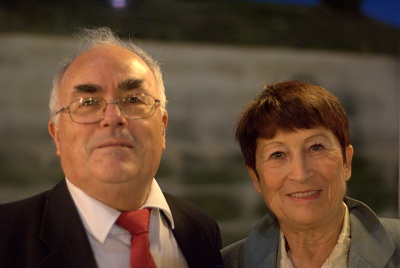
A journalist once asked Monet where his studio was. He said that he had none because he had never wanted to be cooped up inside a room to paint. He then he gestured to the sweep of the landscape, beyond which flowed the River Seine, and said “There’s my studio,”—Voilà mon atelier à moi.
That may have been intended as a sound bite since Monet did in fact work in a studio as well as outside. Two studio spaces that he used subsequent to that interview can still be seen at his home in Giverny. He also installed something of a studio on a boat while there. Nevertheless, the point was well taken: nature and the outdoors were where Monet lived as an artist.
And the Seine was not Monet’s studio alone. It also served at times as the studio for many of his fellow Impressionists—e.g. Renoir, Sisley, Pissarro, Caillebotte—as well as for those who preceded and came after the heydays of Impressionism of the 1870s and 1880s, such as Courbet, Corot, Turner, Jongkind, Saurat and Signac.

A new book, La Seine Impressionniste, at once guidebook and small encyclopedia, revisits those “studios” along the Seine and its surroundings. In it authors Monique and Georges Lucenet present a step-by-step view of the 471 miles (776 km) of the river and the sights along the way, from its source in Burgundy to its estuary in Normandy.
This handsomely illustrated 464-page paperback reveals the artistic and general history of the sights and space that inspired or attracted (or were merely easily accessible to) the Impressionists and others as they developed what I think of not so much as an art of nature but an art of place. The text, in French, is accompanied by 160 reproductions of works coming from more than 40 museums. The book also tells of the literary figures of the time who were also attracted to these riverbanks.
La Seine Impressionniste by Monique and Georges Lucenet, 24.90€.
* * *
But you don’t read French, you say? Or you’re tired of the Impressionists?
Here then is another way of regarding the banks of the Seine as it passes through Paris.
The video below, entitled Notre Train Quotidien (Our Daily Train), examines the contemporary relationship between the left and right banks of the Seine.
Our Daily Train was filmed between the metro stations Gare d’Austerlitz and Quai de la Rapée. That’s where metro line 5 crosses over the Seine, mid-way between the zone of the historical Left Bank/Right Bank at the center of the city (arrondissements 1 through 7) and the Left Bank/Right Bank developments of the past 25 years on the eastern edge of the city (arrondissements 12 and 13).
The video was filmed by Gonzague Petit Trabal, with music by Rémy Klis. It is posted on France Revisited with permission from the authors.
Grab a glass of wine or your relaxation drug of choice, place the video on full screen mode, and let yourself get transported back and forth between the left and right banks of the River Seine.
© 2011, Gary Lee Kraut
See also on France Revisited: “The Art of Punching, Kissing and Lunching: Monet, Renoir and the Impressionist Island at Chatou” and “Paris Rive Gauche: a 21st Century Left Bank.”

